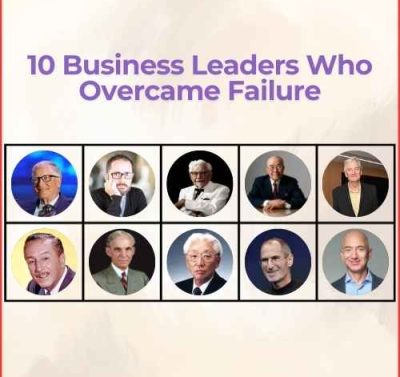The import duty on parts used in the production of mobile phones was lowered by the government on Tuesday from 15% to 10%.
Battery covers, front covers, middle covers, main lenses, back covers, GSM antennas, antennas of any technology, PU cases, sealing gaskets, and other polyurethane foam articles, such as sealing gaskets and cases made of PE, PP, EPS, PC, and all other individual polymers or combinations of polymers, SIM sockets, screws, and other mechanical plastic and metal items, are among the components on which the import duty has been reduced.
The Global Trade Research Initiative (GTRI) recently recommended reducing import duties on electronic components used to make smartphones in the upcoming budget, citing the success of the current tariff structure and the potential harm to local manufacturing. According to the GTRI, keeping tariffs at their current levels will support long-term growth in India’s expanding smartphone market while also balancing industrial growth.
The proposal contradicts the demand of the industry association, India Cellular and Electronics Association (ICEA), which states that lowering import duties on components for mobile phones can enhance exports, encourage local manufacturing, and raise domestic handset output by 28% to USD 82 billion.
According to the think group, exports should be free from tariffs that Indian manufacturers “must pay” on smartphones sold in the country.
Businesses are able to import capital goods or essential inputs duty-free in order to manufacture and export electronic goods. Schemes such as Advance Authorization, Export Promotion Capital Goods, and operating in Special Economic Zones (SEZs) or 100% Export Oriented Units help to enable this. Furthermore, businesses can import goods duty-free and without having to localise them by using the customs bond program, according to GTRI co-founder Ajay Srivastava, as reported by PTI.
The GTRI report also stated that over 98% of smartphones sold in India are locally made, and that the country’s smartphone industry is the top performer for the PLI (production linked incentive) scheme, with exports rising from USD 7.2 billion in 2022 to USD 13.9 billion in 2023.
This demonstrates the effectiveness of clever policy changes, such as the PLI incentives, which provide a 4-6% cash reward on every incremental manufacturing and maintain a differential in the tariffs on cell phones and their components.
“This is very beneficial to big firms like Apple, who use SEZ facilities to export enormous numbers without having to pay import charges on components. Apple works with Foxconn and Wistron, two contract manufacturers, to produce smartphones in India. Foxconn and Wistron are situated in Special Economic Zones (SEZs) in India “…
As more electronic components are produced locally, value addition is anticipated to increase over time, according to the GTRI. The rising import bill of electronic components, which increased from USD 24.4 billion to USD 30.7 billion, or a 25.5% growth, indicates a high use of imported components in local manufacturing.
Cutting import taxes on components, however, will eliminate any motivation for establishing a sophisticated manufacturing facility in India. Businesses will gladly put together a smartphone from imported nearly-ready kits. As soon as the government’s incentives go, they’ll leave,” it continued.
It stated that tax arbitrage created the opportunity for numerous businesses to begin assembling smartphones from imported Semi Knocked-Down (SKD) kits between 2015 and 2017.
“The government announced a different tax scheme to encourage industry. Imports of parts used to make phones were subject to a 1% countervailing tariff. However, imports meant for resale were subject to a 12.5% tariff. With the implementation of the Goods and Services Tax (GST) in July 2017, arbitrage vanished. These companies all vanished at the same time, according to the investigation.















